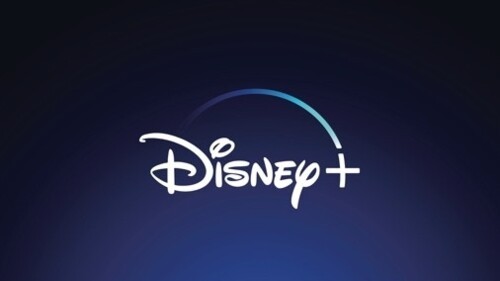Microsoft Flight Simulator has released another aircraft as part of its Local Legends series in conjunction with Global Update XII: New Zealand, the DHC-4 Caribou.
Aerospace manufacturer de Havilland Canada’s DHC-4 Caribou is the eighth addition to the series, a twin-engine Short Take-off and Landing (STOL) cargo aircraft originally developed as a military cargo and troop carrier. The Caribou was conceptually based on the STOL performance of the smaller de Havilland DHC-2 Beaver and DHC-3 Otter, but with greater cargo capacity.
The Caribou first flew on July 30, 1958 and entered mainline service in 1961. De Havilland built a total of 307 Caribou aircraft, most for military service and the rest for civilian service. Armies from 32 countries have flown the Caribou, including those of the United States. First designated the CV-2 and later the C-7, the United States Army and United States Air Force operated a total of 159 aircraft. Spain, Kenya, India and Australia also used the cell until 2009.
The DHC-4, with a crew of two, can carry up to 32 soldiers and their equipment and 8,000 pounds of cargo, or a combination thereof. The Caribou has a distinctive, purposeful look with a long, narrow hull with a rear loading ramp and raised rear section, allowing for easy and efficient loading and unloading of equipment and personnel.
It can also drop equipment and/or paratroopers in flight upon request. The tailplane is a cruciform design with a large vertical stabilizer and rudder for low speed yaw control and it has retractable tricycle landing gear with long landing gear legs for use on remote and rustic airfields. The high aspect ratio main wing design is front mounted on the fuselage and features full span double slotted flaps.
The wing has a polyhedral inverted gull shape and carries its two radial engines in nacelles, which also serve as supports for the main landing gear. Finally, the aircraft is powered by two Pratt & Whitney R-2000 Twin Wasp 14-cylinder radial piston engines, each delivering 1,450 hp, turning a Hamilton Standard three-blade constant-speed, reversible-pitch propeller.
The Caribou has served in multiple combat zones and has been deployed to various humanitarian assistance missions over the years including Vietnam, Vanuatu and the Line of Control along the India-Pakistan border region. In these harsh operating arenas, the Caribou earned its legendary status when it took off and landed on short, rugged runways at only 1,000 feet of ground gradient.

The DHC-4 has a range of 1,300 miles, a rate of climb of 1,355 feet per minute and a service ceiling of 24,800 feet above sea level. It flies at 182 mph, stalls at 68 mph and has a top speed of 215 mph.
de Havilland Canada’s DHC-4 Caribou is a beast of an airplane that’s a real flying machine. It can fly to and from almost any runway and confidently responds to any pilot input.
Available from today at Microsoft flight simulator Marketplace for $14.99, the DHC-4 Caribou comes with seven paint finishes:
- default
- Blue with red stripe
- Blue with white and red accents
- Blue with yellow stripe
- camouflage 1
- camouflage 2
- White
Join over 10 million pilots Microsoft flight simulator Today! Heaven is calling!Microsoft flight simulator is available on Xbox Series X|S and PC with Xbox Game Pass, PC Game Pass, Windows and Steam, as well as on Xbox One and supported mobile phones, tablets and lower quality PCs via Xbox Cloud Gaming.
For the latest information on Microsoft flight simulatorStay tuned @MSFSOfficial on twitter.

Total web buff. Student. Tv enthusiast. Evil thinker. Travelaholic. Proud bacon guru.






;Composite=(type=URL,url=https://images.radio-canada.ca/v1/assets/elements/16x9/outdated-content-2013.png),gravity=SouthEast,placement=Over,location=(0,0),scale=1)
;Composite=(type=URL,url=https://images.radio-canada.ca/v1/assets/elements/16x9/outdated-content-2011.png),gravity=SouthEast,placement=Over,location=(0,0),scale=1)